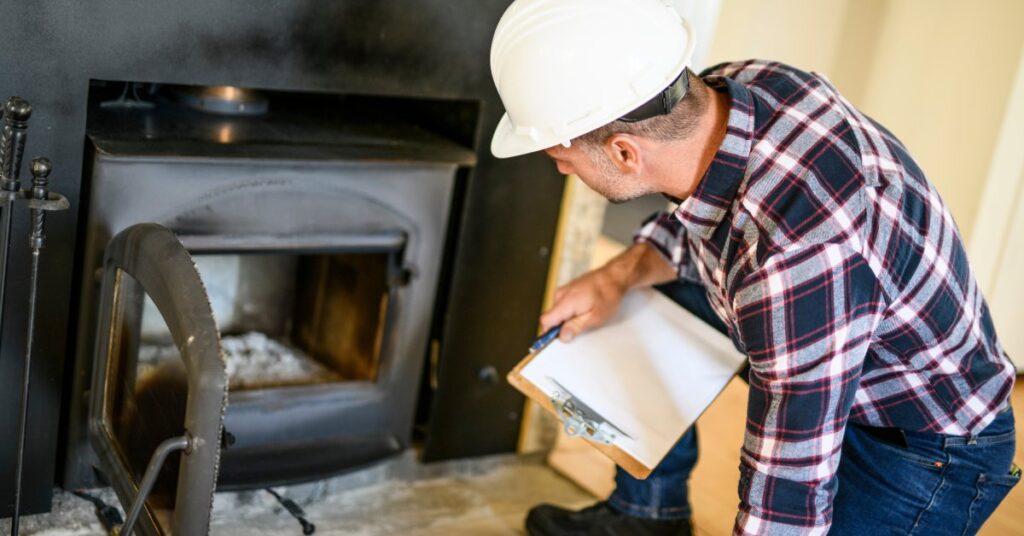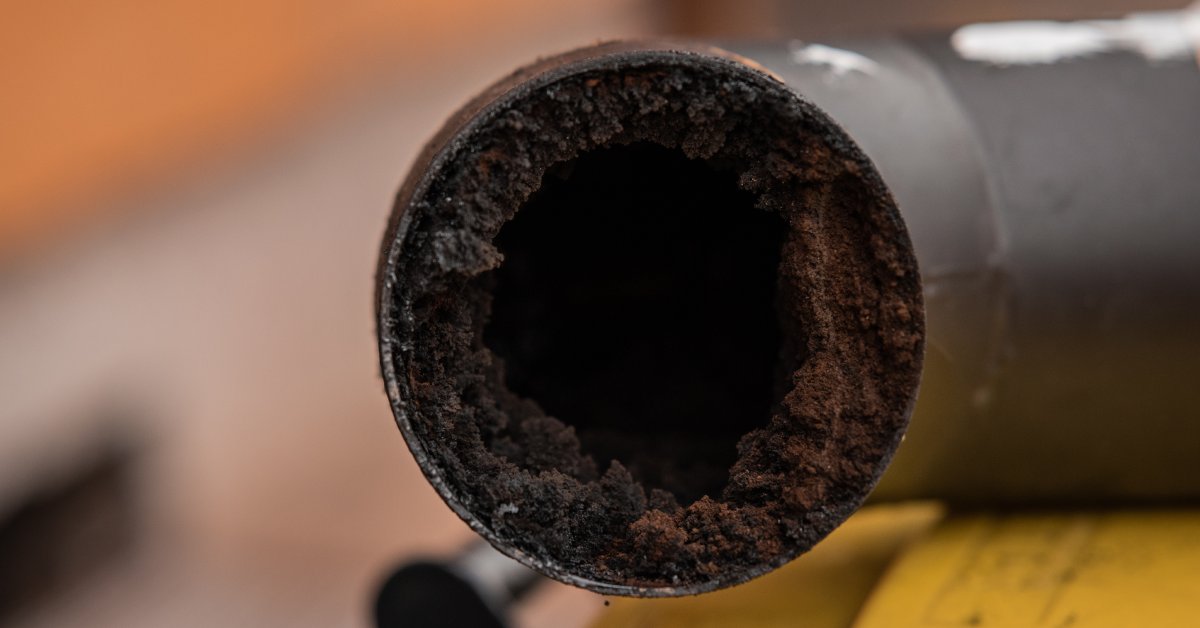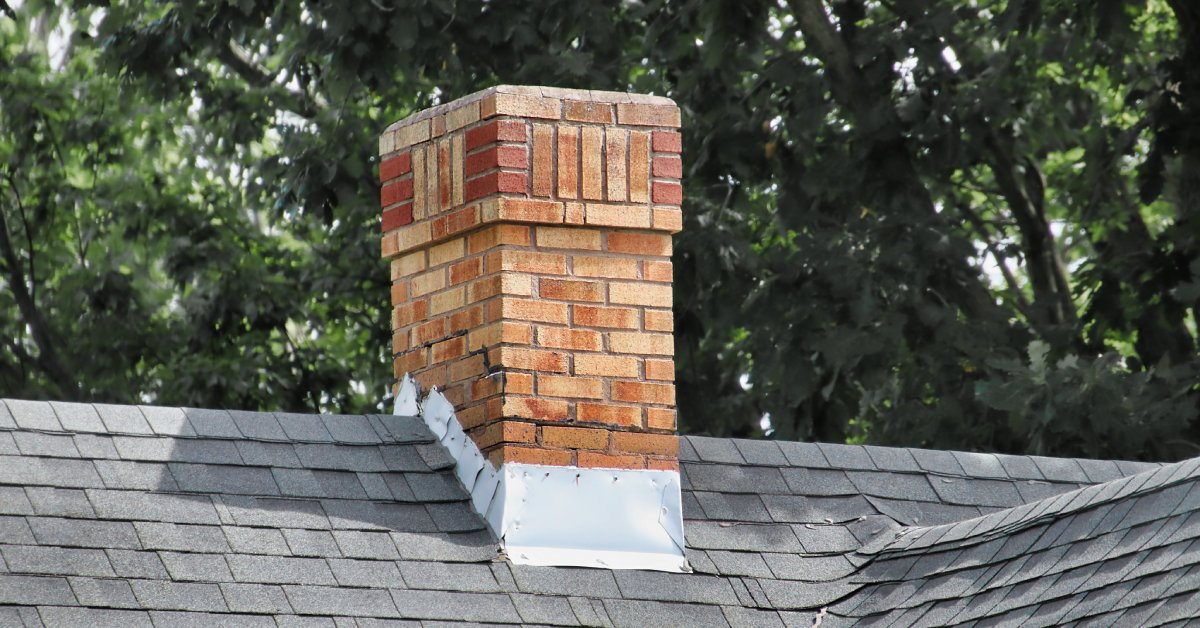
What To Expect During a Fireplace and Chimney Inspection
A fireplace and chimney inspection is an essential part of maintaining the safety and functionality of your home. Whether you use your fireplace regularly or only a few times a year, scheduling an inspection helps identify potential hazards and ensures your system operates efficiently. Understanding what to expect during a fireplace and chimney inspection can help you stay informed and prepared for any necessary maintenance or repairs.
Inspection of Exterior Components
The inspection begins with a thorough assessment of the visible exterior components, which play a critical role in your chimney’s overall function. This inspection process includes examining the chimney crown, flashing, and masonry.
The inspector will look for visible signs of deterioration, such as cracks, spalling, water damage, or other structural issues that may compromise the integrity of your chimney. A well-maintained exterior prevents moisture intrusion and helps protect the interior components from further damage.
Evaluation of the Chimney Cap
The chimney cap is an essential feature that protects the inside of your chimney from debris, rain, snow, and small animals. During the inspection, professionals will check the chimney cap for proper installation, structural integrity, and any signs of wear or damage. A missing or damaged cap can allow water to seep inside, leading to rust, mold, or structural weakening over time. Addressing chimney cap issues promptly can prevent the need for expensive repairs in the future.
Examination of the Flue
The flue lining is a critical component that ensures the safe venting of smoke, gases, and particles out of your home. The inspector will closely examine the flue for cracks, gaps, or signs of wear and tear, as these issues can allow dangerous gases such as carbon monoxide to leak into your living space. A compromised flue not only reduces the chimney’s efficiency but also poses significant safety risks.

Review of Creosote and Soot Buildup
Creosote and soot are natural byproducts of burning wood or other fuels, and their buildup along the flue walls is unavoidable with regular use. However, excessive accumulation of creosote is a major fire hazard. The inspector will evaluate the level of creosote buildup and advise whether professional chimney cleaning is necessary to reduce the risk of chimney fires and improve airflow efficiency.
Check for Obstructions
An unobstructed flue is vital for ensuring proper ventilation and airflow. The inspector will check for any obstructions, such as nests, leaves, twigs, or other debris that may block the flue. Blockages not only prevent smoke and gases from venting properly but can also lead to a dangerous buildup of carbon monoxide inside your home. Identifying and removing obstructions ensures your chimney functions efficiently and safely.
Smoke Chamber Evaluation
The smoke chamber, which is located just above the firebox, plays a key role in directing smoke and gases up the flue. An uneven or deteriorating smoke chamber can disrupt the draft, making it harder for smoke to exit your home.
The inspector will assess the condition of the smoke chamber, looking for cracks, gaps, or rough surfaces. If necessary, they may recommend parging (smoothing out the surfaces) to improve the draft and overall performance of your chimney.
Assessment of the Firebox
The firebox is the area of your fireplace that endures the highest levels of wear and tear, as it is exposed to extreme heat during use. The inspector will carefully examine the firebox’s bricks, mortar, and overall construction for signs of cracks, loose components, or deterioration. Ensuring the firebox is in good condition is crucial for both safety and efficient operation, as even small defects can pose a risk over time.
Verification of the Damper’s Functionality
The damper is a key component of your chimney that controls airflow by allowing you to open or close the chimney as needed. A properly functioning damper helps regulate heat and prevents drafts when the fireplace is not in use. The inspector will test the damper to ensure it opens and closes smoothly and seals tightly when shut. A malfunctioning damper can lead to energy loss, poor draft control, and safety risks.
Moisture Level Checks
Moisture is one of the most significant threats to a chimney’s structural integrity. Water intrusion can damage the masonry, rust metal components, and create an environment for mold and mildew to grow. The inspector will look for signs of moisture such as efflorescence (white staining on the masonry), water stains, or spalling bricks. Identifying and addressing moisture issues early can prevent extensive and costly damage in the future.
Inspection for Animal Access
Chimneys often attract birds, squirrels, and other small animals looking for a warm, sheltered space. During the inspection, a professional will check for signs of animal activity, such as nests, droppings, or scratches, which can indicate that animals have made their way into your chimney.
Venting System Examination
For gas-powered fireplaces or stoves, the venting system is just as important as the chimney itself. The inspector will review the venting system to ensure it is properly installed, free from damage, and functioning efficiently. An improperly vented gas fireplace can lead to a buildup of carbon monoxide, posing serious health and safety risks. Regular maintenance and inspections are essential to keep gas fireplaces running safely and effectively.

Chimney Structure and Stability Review
The overall structure and stability of your chimney are vital to its performance and safety. The inspector will assess the chimney’s masonry, mortar joints, and overall construction to ensure it is secure and able to withstand harsh weather conditions. They will note any loose bricks, leaning, or structural weaknesses and recommend repairs or reinforcements to maintain the chimney’s longevity.
Identification of Potential Fire Hazards
The inspector will evaluate your chimney and fireplace for potential fire hazards, such as improper clearances between combustible materials and the chimney. These hazards can significantly increase the risk of house fires if not addressed. By identifying these risks during the inspection, you can take proactive steps to ensure your fireplace operates safely.
Recommendations for Maintenance and Repairs
At the conclusion of the inspection, the professional will provide you with a detailed report outlining their findings. This report will include recommendations for any necessary maintenance or repairs. Addressing these issues promptly can prevent them from escalating into bigger and more expensive problems, ensuring your chimney remains safe, efficient, and in excellent condition for years to come.
Knowing what to expect during a fireplace and chimney inspection will help you protect your home, ensure your system is safe to use, and extend your chimney’s overall lifespan. Contact A-1 Professional Home Services when you’re ready to schedule an inspection or chimney and fireplace cleaning services.
